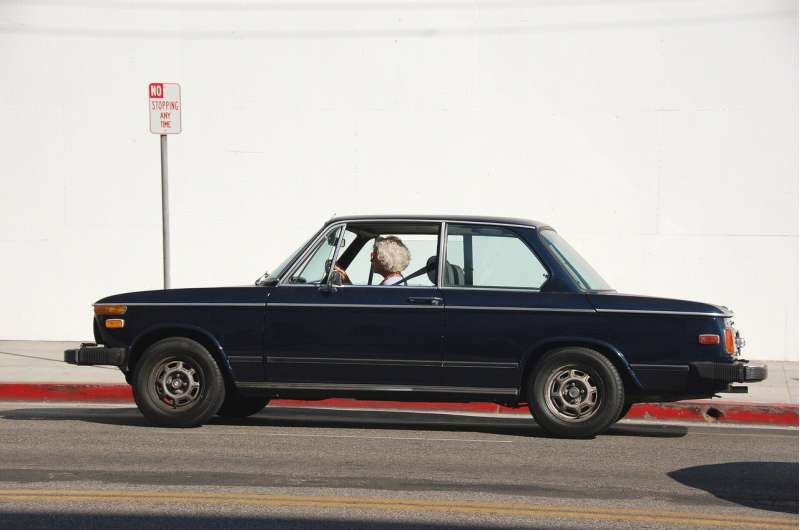This article has been reviewed according to Science X's editorial process and policies. Editors have highlighted the following attributes while ensuring the content's credibility:
fact-checked
trusted source
written by researcher(s)
proofread
The experiences of older drivers can help design cleaner and safer cars

The current pace of technological change in automobile technology rivals the period about a century ago when cars were moving from the exotic fringes of transportation into the lives of ordinary people.
The automobile has reshaped the world, giving rise to new freedoms and greater access to distant places, creating jobs and wealth and changing the physical landscape with roads, service stations, dealerships and suburbs.
Cars have brought incredible convenience, but their proliferation has also resulted in traffic jams, oppressive freeways, pollution and high-speed crashes. And, cars have played a big part in accelerating climate change.
Car transformations
Automobile design is undergoing massive shifts. Cars are moving away from gasoline-powered internal combustion engines and toward electric vehicles that generate far less pollution and noise. Cars are getting safer, too, with sensors and cameras that can help drivers avoid collisions.
Self-driving cars don't seem too far off either, but until then, automobile design should consider the changing needs of drivers.
For all drivers, but especially those who are older and more experienced, cars that can do more without involving the driver present both an opportunity and a threat. This presents an opportunity to support safe, independent driving for longer, in keeping with extended lifespans, and address the social and practical needs of seniors to move around.
The threat is that a more autonomous car may lull drivers into feeling safer and make it harder to understand when drivers with health-related changes should no longer remain on the road. In fact, with added technology, driving can require more advanced skills.
Safer for older drivers
In my research, I work closely with older drivers, branches of government and automakers to ensure cars are as safe as can be.
I discussed these issues when I was invited to address Canada's Standing Senate Committee on Transport and Communications in 2017. My colleagues and I continue to do research in partnership with older drivers and others, including Transport Canada and the Canadian Automobile Association.
An important goal of my research and teaching is to help everyone—including seniors—understand that aging drivers are a growing yet varied group with a wide range of physical and cognitive abilities—and that, statistically speaking, seniors are involved in fewer crashes than their middle-aged counterparts. In other words, age alone does not determine who is safe or unsafe to be behind the wheel.
Declining health
We need to plan as humanely and responsibly as we can for the fact that, especially in the upper range of this demographic group, health-related declines and medical changes can happen quickly and are not always readily apparent.
For example, working with an advisory group of people with lived experience with dementia, my colleagues and I developed the driving and dementia roadmap. This is a free online resource to help health professionals, caregivers and individuals living with this disease be safer on the road.
As cars change, it is critical that manufacturers, engineers and regulators consider how drivers, particularly those in their later years, will respond to and engage with emerging technologies. It is also important to ensure new technology is created with older drivers in mind as much as anyone else, in keeping with the principles of universal design.
That includes making sure that getting in and out of a car, orienting oneself on the road and controlling all the systems of a vehicle are friendly to all drivers.
Informed and transformed design
My research team is embarking on a project in conjunction with our engineering colleagues and students at the McMaster Automotive Resource Center, where we are inviting older drivers to volunteer and share their driving-related experiences. The aim is to inform the design of a 2023 Cadillac LYRIQ, an electric SUV, as part of the North American EcoCar EV Challenge.
The mandate of this contest is not just to make vehicles that are as efficient and as easy on the environment as possible, but also to optimize their safety and accessibility for drivers of different ages and abilities.
A modern car with fully loaded safety features and powered without gas will only be a great success if it's designed for those who will use it. By involving older drivers—the most experienced on today's roadways—in their research and development, the cars of tomorrow can be made clean, safe and accessible for all.
This article is republished from The Conversation under a Creative Commons license. Read the original article.![]()




















